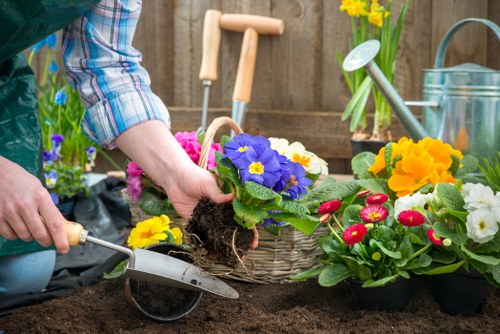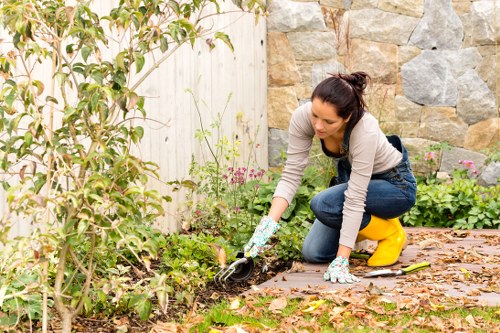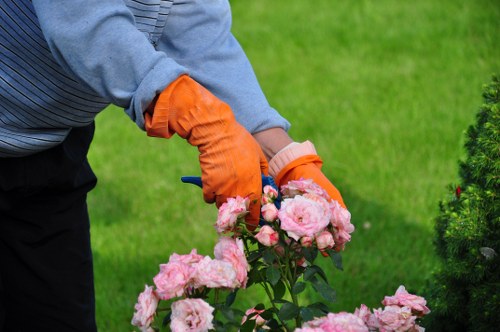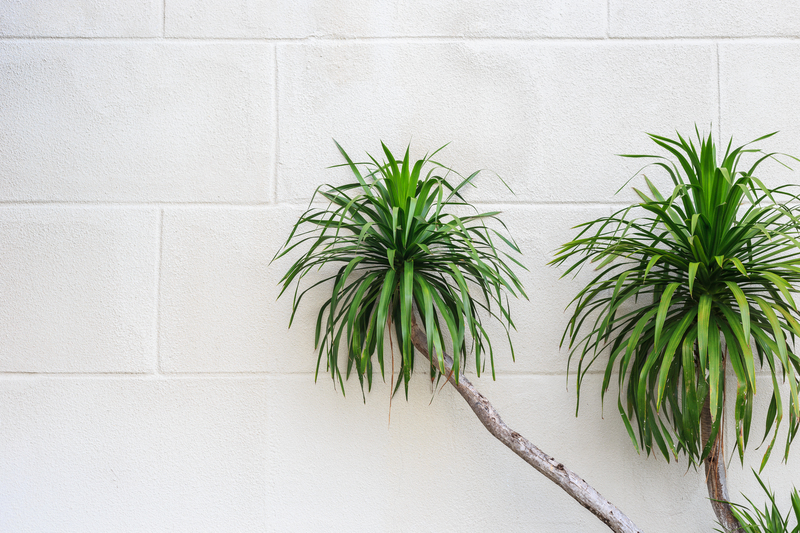Gardening in Sanderstead: A Comprehensive Guide

Gardening in Sanderstead offers a unique blend of urban convenience and suburban tranquility. Whether you're a seasoned gardener or just starting out, the rich soil and favorable climate make it an ideal place to cultivate a variety of plants. In this article, we'll explore the best practices for gardening in Sanderstead, including selecting the right plants, understanding the local climate, and maintaining your garden throughout the year.
One of the first steps to successful gardening in Sanderstead is choosing the appropriate plants for your garden. The region's climate supports a wide range of flora, from vibrant perennials to hardy shrubs. It's essential to consider both the aesthetic appeal and the practical requirements of each plant. For instance, native plants often require less maintenance and are more resistant to local pests and diseases.
 Additionally, understanding the soil composition in Sanderstead can significantly impact your gardening success. Conducting a soil test will help you determine the pH levels and nutrient content, allowing you to amend the soil as needed. Incorporating organic matter, such as compost, can improve soil structure and fertility, promoting healthy plant growth.
Additionally, understanding the soil composition in Sanderstead can significantly impact your gardening success. Conducting a soil test will help you determine the pH levels and nutrient content, allowing you to amend the soil as needed. Incorporating organic matter, such as compost, can improve soil structure and fertility, promoting healthy plant growth.
Proper irrigation is another critical aspect of gardening in Sanderstead. The region experiences moderate rainfall throughout the year, but supplemental watering may be necessary during dry spells. Installing a drip irrigation system can ensure that your plants receive consistent moisture without wasting water. Mulching around your plants helps retain soil moisture and reduces the need for frequent watering.
The diverse climate in Sanderstead means that gardeners must be prepared for both warm summers and chilly winters. Selecting plants that can thrive in these varying conditions is essential. Consider incorporating evergreen plants that provide year-round interest, as well as seasonal favorites that offer bursts of color in different months.
 Additionally, regular maintenance tasks such as pruning, weeding, and pest control are vital for keeping your garden healthy and attractive. Pruning helps shape plants and encourage new growth, while weeding prevents unwanted competition for nutrients and water. Implementing natural pest control methods can protect your plants without harming beneficial insects or the environment.
Additionally, regular maintenance tasks such as pruning, weeding, and pest control are vital for keeping your garden healthy and attractive. Pruning helps shape plants and encourage new growth, while weeding prevents unwanted competition for nutrients and water. Implementing natural pest control methods can protect your plants without harming beneficial insects or the environment.
Another important factor in Sanderstead gardening is the use of sustainable practices. Implementing rainwater harvesting systems can reduce your water usage and provide an eco-friendly source of hydration for your plants. Additionally, composting kitchen and garden waste not only reduces landfill burden but also enriches your soil with valuable nutrients.
Decorative elements such as garden paths, seating areas, and ornamental features can enhance the beauty and functionality of your outdoor space. Choosing materials that complement the natural surroundings of Sanderstead will create a harmonious and inviting garden environment.
 Furthermore, connecting with the local gardening community can provide valuable insights and support. Participating in community gardens, attending workshops, and joining gardening clubs are excellent ways to share knowledge and gain inspiration for your own garden projects.
Furthermore, connecting with the local gardening community can provide valuable insights and support. Participating in community gardens, attending workshops, and joining gardening clubs are excellent ways to share knowledge and gain inspiration for your own garden projects.
Gardening in Sanderstead also involves selecting the right tools and equipment to streamline your gardening tasks. Investing in high-quality tools such as pruners, hoes, and trowels can make a significant difference in the efficiency and ease of maintaining your garden. Proper storage and maintenance of your tools will ensure their longevity and performance.
Seasonal planting schedules should be adhered to in order to maximize the growth and productivity of your garden. Planting bulbs in the fall, sowing seeds in the spring, and harvesting vegetables at the peak of summer are all crucial steps in sustaining a thriving garden throughout the year.
 In summary, gardening in Sanderstead offers a fulfilling and rewarding experience with the right knowledge and practices. By selecting suitable plants, understanding the local climate and soil, implementing sustainable methods, and maintaining your garden diligently, you can create a beautiful and productive outdoor space that enhances your quality of life.
In summary, gardening in Sanderstead offers a fulfilling and rewarding experience with the right knowledge and practices. By selecting suitable plants, understanding the local climate and soil, implementing sustainable methods, and maintaining your garden diligently, you can create a beautiful and productive outdoor space that enhances your quality of life.
